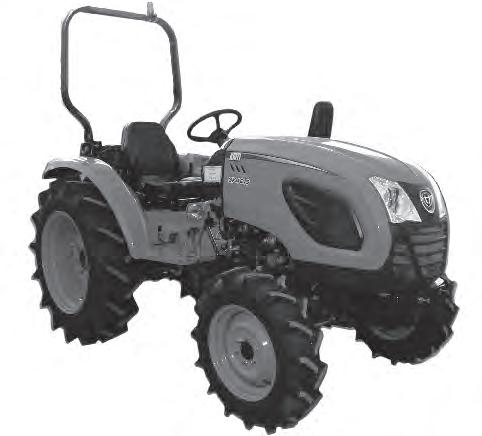
1 minute read
MEMO
Table Of Contents
STEERING SYSTEM - SPECIFICATIONS AND TIGHTENING TORQUE
1.
1.1 SPECIFICATIONS FOR
1.1.1.
1.1.2. POWER
System
1.2
STEERING SYSTEM - STRUCTURE AND OPERATING PRINCIPLE
2. STRUCTURE AND OPERATING PRINCIPLE
2.1 OPERATING DIAGRAM
The steering system consists of the power steering unit (1), gear pump (2) and steering cylinder (3) and it is fully operated by hydraulic oil without mechanical links. Hydraulic oil is supplied by the gear pump (capacity: 6.5 cc/rev.), and it flows to the steering unit after passing through the modulator valve (7). Depending on the turning direction of the steering wheel (6), hydraulic is flowed to the right port (for left turn) or left port (for right turn) of the steering cylinder through the steering shaft (4), resulting in expansion of the corresponding cylinder. The steering system is a nonload reaction type. Therefore, when turning the steering wheel to the left or right and then releasing it, it stay original position. Also, if the hydraulic system does not work, it is still possible to make a turn manually by the trochoid pump in the steering unit. The steering unit is equipped with a relief valve in it. When the steering cylinder is fully extended or the front wheels are overloaded, this valve releases pressure in order to protect the circuit. The gear pump is a tandem pump while the secondary pump is for steering. On the other hand, oil returned from the steering unit flows to the transmission (MEC MODEL) or carried over the HST filter (HST MODEL) and supplied to the HST through the port.
STEERING SYSTEM - STRUCTURE AND OPERATING PRINCIPLE
Circuit Diagram For Hydraulic System
Hydraulic block [3510(H)-EU, TH] Leader joystick valve [US, AU, 4010(H)-EU] Gear
Hydraulic filter









